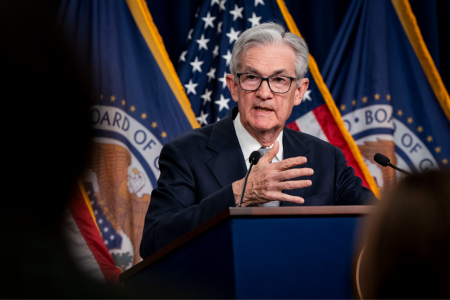Oil Dips Toward $80 as Market Braces for Second Trump Term
20 Jan 2025
Oil prices have recently dipped toward the $80 per barrel mark as global markets brace for potential shifts tied to the possibility of Donald Trump's second term. This development comes amidst heightened speculation about how Trump’s return to political power might influence the energy sector, trade policies, and broader economic dynamics.
Market Reaction to Political Developments
Traders and investors closely monitor geopolitical and economic indicators as they adjust their positions in anticipation of potential policy changes. Historically, Trump’s administration has been characterized by energy-friendly policies, including deregulating fossil fuel industries and withdrawing from international climate agreements. These moves significantly impacted energy markets, boosting domestic oil production and shifting global supply-demand dynamics.
The current dip in oil prices reflects a complex blend of market expectations. While some investors anticipate that Trump’s policies could once again favor increased oil production, others worry about potential trade disruptions or geopolitical tensions that might arise during a second term. These uncertainties are weighing on oil prices, keeping them volatile.
Broader Economic Concerns
The decline in oil prices also mirrors broader concerns about the global economy. Sluggish growth in key economies, coupled with ongoing inflationary pressures, has tempered demand for oil. Additionally, fears of a recession have led to cautious energy consumption projections, further contributing to downward pressure on prices.
The potential return of Trump to the political stage has reignited discussions around economic growth strategies and their implications for the energy sector. Trump’s first term saw significant tax cuts and deregulation, which stimulated certain industries and raised questions about long-term fiscal sustainability. Markets are now weighing whether similar policies might follow and how they could affect oil demand.
A second Trump term could reshape the energy sector in multiple ways. Potential policy changes might include easing restrictions on oil and gas drilling, approving major pipeline projects, or revisiting energy trade agreements. Such actions could increase oil supply and potentially put further downward pressure on prices in the short term.
On the other hand, focusing on energy independence and domestic production could lead to reduced reliance on foreign oil. This, combined with potential geopolitical shifts, could alter the global energy landscape, creating new opportunities and challenges for producers and consumers alike.
The Road Ahead
As the political landscape evolves, oil markets will likely remain highly sensitive to developments surrounding Trump’s possible second term. Investors will monitor campaign rhetoric, policy proposals, and global economic indicators to gauge the future trajectory of oil prices.
In the meantime, the dip in oil prices toward $80 underscores the delicate balance of factors influencing the market. From geopolitical uncertainty to economic headwinds, the energy sector faces a period of significant flux as it navigates these intersecting pressures. Whatever the outcome, the next few months promise to be a pivotal period for both the oil industry and the broader global economy.



